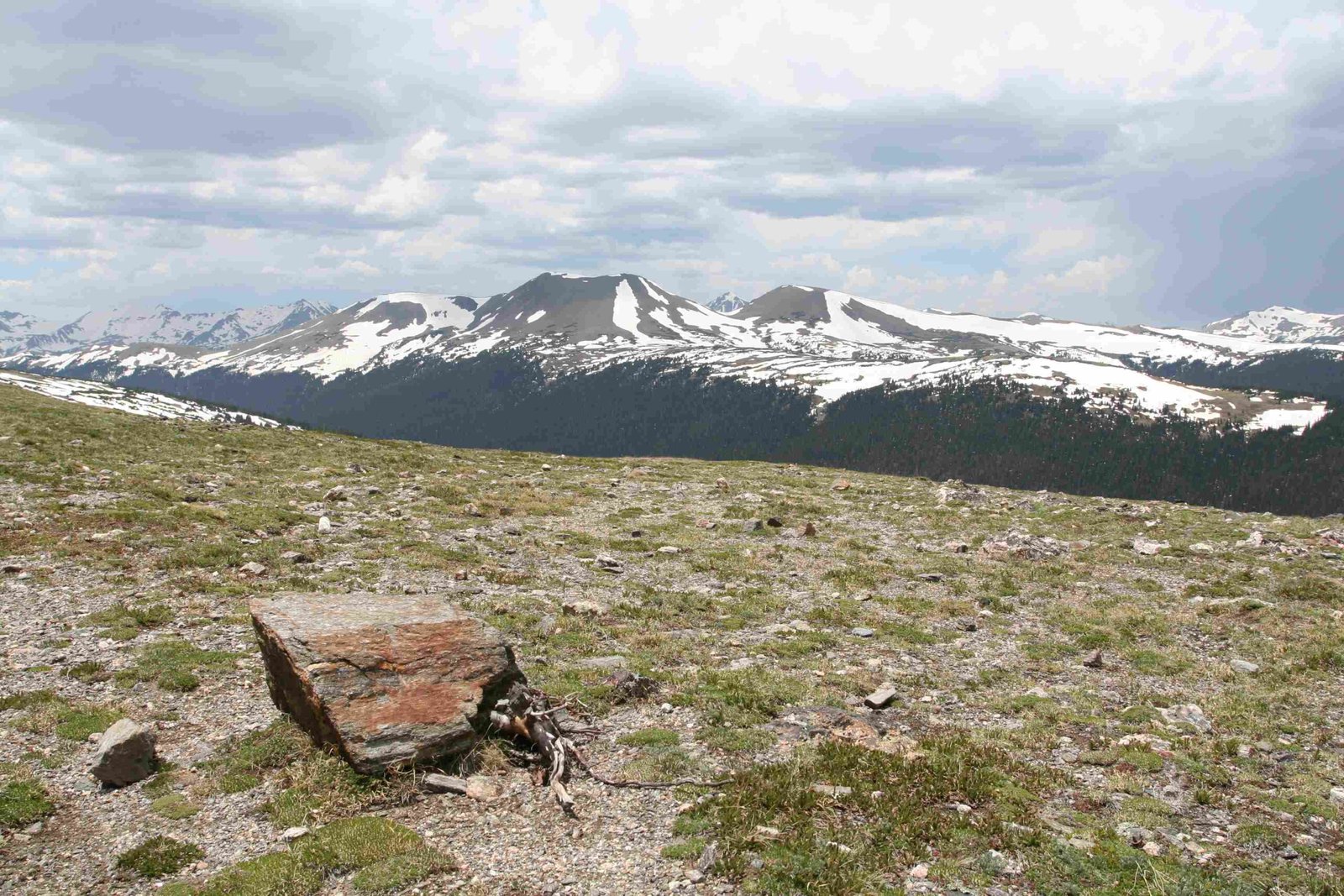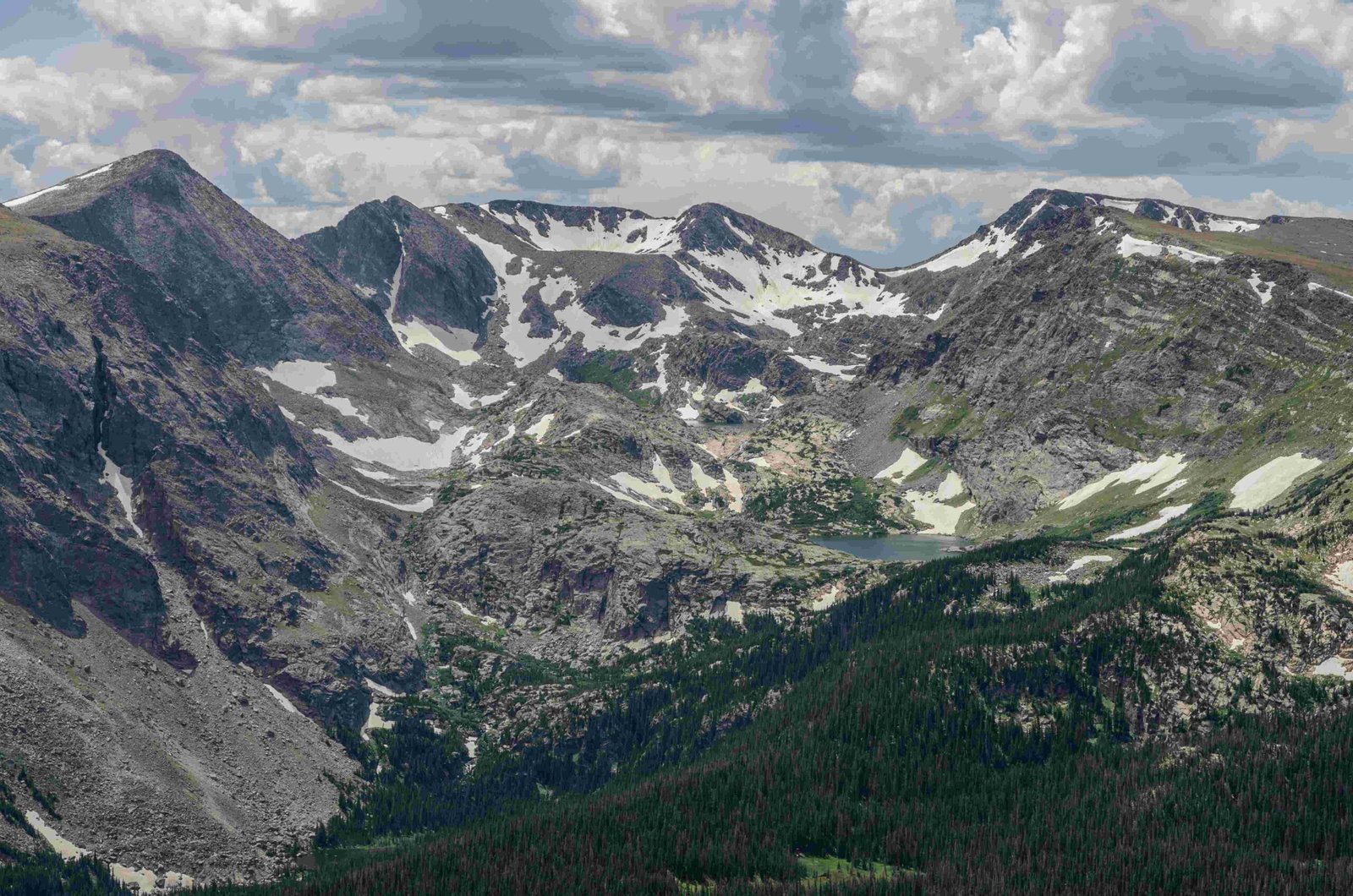The Civilian Conservation Corps (CCC) played a crucial role in developing and preserving Rocky Mountain National Park from 1933 to 1942. During this period, the CCC established six camps within and near the park, employing thousands of young men to construct trails, roads, bridges, and buildings. Their efforts significantly improved park infrastructure, enhanced conservation efforts, and increased accessibility for visitors, leaving a lasting impact on the park’s landscape and visitor experience.
What Were the Major Projects Undertaken by the CCC in Rocky Mountain National Park?

The Civilian Conservation Corps carried out numerous projects that shaped the park’s infrastructure and conservation efforts:
- Trail Construction and Maintenance
- Built and maintained over 100 miles of trails
-
Worked on segments of the Continental Divide Trail
-
Road Construction
- Constructed and improved scenic roads
-
Enhanced tourist access to various parts of the park
-
Bridge Building
- Constructed numerous bridges over streams and rivers
-
Improved accessibility within the park
-
Building Structures
- Built park ranger stations
- Constructed lookout towers
- Developed visitor facilities
- Created mess and recreation halls
- Established administrative offices
-
Built bathhouses and latrines
-
Habitat Restoration and Conservation
- Created fish ponds
- Laid water pipelines
- Performed soil and water conservation work
-
Engaged in firefighting and search and rescue operations
-
Utility Infrastructure
- Installed phone lines
- Developed other utility infrastructure to support park operations
How Did the CCC Camps Operate in Rocky Mountain National Park?

The CCC camps in Rocky Mountain National Park operated under a structured system:
- Camp Establishment: Six CCC camps were built between 1933 and 1942
- Five camps within the park boundaries
- One camp just outside the park
-
Two additional temporary “stub camps” set up closer to project areas
-
Management Structure:
| Role | Responsibility |
|——|—————-|
| War Department Officers | Overall camp management |
| National Park Service Staff | Daily project work assignment |
| Local Experienced Men (LEM) | Provided skilled labor and supervision | -
Timeline:
- 1933: CCC established as part of President Franklin Roosevelt’s New Deal
- 1933-1942: Active period of CCC in Rocky Mountain National Park
- 1942: End of the CCC program
What Was the Impact of CCC on Rocky Mountain National Park’s Infrastructure?
The CCC’s impact on Rocky Mountain National Park’s infrastructure was substantial and long-lasting:
- Improved Accessibility
- Construction of roads and trails opened up previously inaccessible areas
-
Bridge building facilitated easier movement within the park
-
Enhanced Visitor Experience
- Development of scenic overlooks
-
Construction of visitor facilities and amenities
-
Conservation and Habitat Management
- Creation of fish ponds and water systems
-
Implementation of soil and water conservation techniques
-
Park Operations Support
- Building of ranger stations and administrative offices
-
Installation of utility infrastructure
-
Emergency Services
- Involvement in firefighting and search and rescue operations
By the end of the program in 1942, the CCC had invested $63.7 million and employed 57,944 men in Colorado, with a significant portion of this work dedicated to Rocky Mountain National Park.
How Did the CCC Contribute to Conservation Efforts in the Park?
The CCC’s contributions to conservation efforts in Rocky Mountain National Park were multifaceted:
- Habitat Restoration
- Created fish ponds to support aquatic ecosystems
-
Implemented soil conservation techniques to prevent erosion
-
Water Management
- Laid water pipelines to improve water distribution
-
Conducted water conservation projects
-
Fire Management
- Participated in firefighting efforts
-
Implemented fire prevention measures
-
Wildlife Protection
- Developed infrastructure to support wildlife habitats
-
Assisted in search and rescue operations for both visitors and wildlife
-
Sustainable Tourism Development
- Constructed facilities and trails to manage visitor impact
- Improved accessibility while preserving natural landscapes
What CCC-Built Features Can Visitors Experience Today in Rocky Mountain National Park?
Visitors to Rocky Mountain National Park can still experience many features built by the CCC:
- Trails
- Hike on over 100 miles of trails constructed or maintained by the CCC
-
Experience segments of the Continental Divide Trail
-
Scenic Roads
- Drive on roads built or improved by CCC workers
-
Enjoy panoramic views from CCC-constructed overlooks
-
Historic Structures
- Visit ranger stations and lookout towers built by the CCC
-
Explore visitor facilities dating back to the CCC era
-
Bridges
-
Cross streams and rivers on CCC-built bridges
-
Conservation Areas
- Observe fish ponds and restored habitats
- Appreciate the long-term impact of CCC soil and water conservation efforts
How Can Visitors Access CCC-Related Sites in Rocky Mountain National Park?
Accessing CCC-related sites in Rocky Mountain National Park is straightforward:
- Park Entry
- Purchase a park entrance pass at entry stations or online
-
Fees contribute to the maintenance of CCC-built infrastructure
-
Visitor Centers
- Start your visit at park visitor centers for maps and information
-
Learn about CCC history through exhibits and ranger programs
-
Guided Tours
- Join National Park Service guided tours that highlight CCC contributions
-
Book tours through park visitor centers or the official website
-
Self-Guided Exploration
- Use park maps to locate CCC-built trails, roads, and structures
-
Look for interpretive signs that provide information about CCC projects
-
Parking and Transportation
- Utilize parking areas at trailheads and visitor centers, many improved or established during the CCC era
- Consider using park shuttle services during peak seasons to access popular CCC-built sites
By exploring these CCC-related sites, visitors can gain a deeper appreciation for the lasting impact of the Civilian Conservation Corps on Rocky Mountain National Park’s development and conservation.

